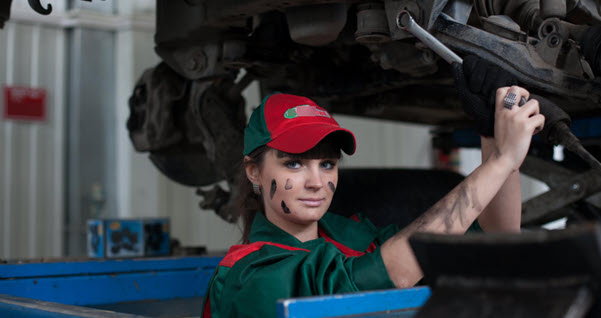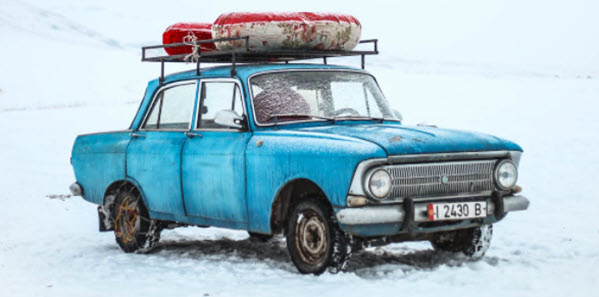
Many people fear mechanics because they worry that will get ripped off easily. Some mechanics try to get away with charging you too much (or even doing unnecessary repairs), though this is not as common as it used to be. As long as you are careful, you shouldn’t have any problems.
Here are some tips to ensure that you don’t get ripped off by your mechanic.
Do your research before you visit your mechanic.
There are many places that offer auto repair estimators. After you enter the information about your vehicle, it should give you an estimate of what your bill should be after the repairs are made. This gives you something to compare to when the mechanic gives you an estimate.
Ask the mechanic to show you what is wrong with your car.
This can really help you see what is wrong with the car. You will be able to see (with your own eyes), exactly what is broken or not working. Many people like to be able to visualize and understand exactly what is wrong with the vehicle.
Learn as much as you can.
By knowing enough about cars (and doing your research), you can find out which mechanics you can trust and which ones you can’t. You might even be able to walk into the shop with some ideas about what the problem is so you don’t get talked into unnecessary repairs. This could be as simple as reading your owner’s manual before you walk into the shop.
Find another mechanic.
If at any point you are uncomfortable with your mechanic, leave and find someone else.
If you just don’t trust your mechanic, it may be time to look around for another mechanic. You may also decide to find someone else if you are worried about the number of repairs that the mechanic is recommending.
Don’t be afraid to get a second opinion.
If you feel like the mechanic is telling you that multiple things are wrong or you feel like the estimate is too high, don’t be afraid to go somewhere else. A second opinion may help you see that the first mechanic was going to charge you too much. It can also show you that you should trust the first one!
Find a good mechanic that you can trust.
If you trust your mechanic, you are not going to have to worry about getting ripped off. You will already know that he is doing the best that he can, for the best price. You don’t have to wonder if he is doing something unnecessary just to make more money.
The best way to avoid getting ripped off is finding someone that you can trust. If you are uncomfortable with the mechanic (or the number of repairs), feel free to leave. If you are not sure, you can always get a second opinion.
As you look for a mechanic that you can trust, you should do your research so you seem more knowledgeable to the mechanic. Visit an estimator so you can have an idea of what your repairs should cost. Many people also like to see what is broken before they approve of the repairs. If you are uncomfortable at any time, don’t hesitate to go somewhere else.







